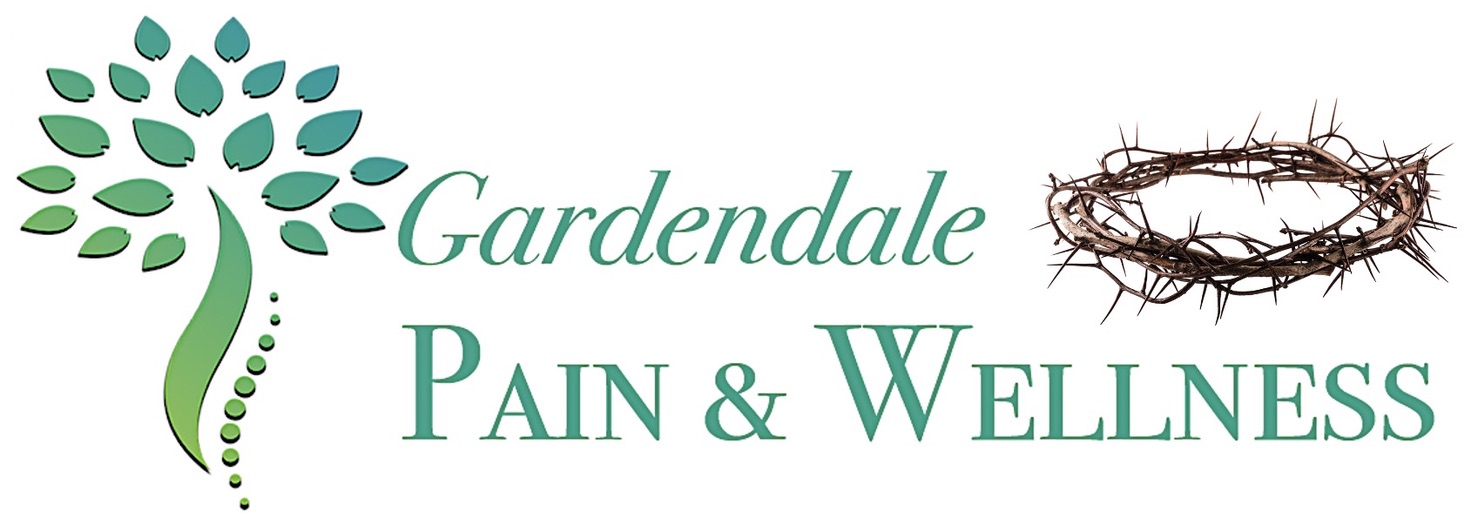Osteoporosis and low bone mass estimated to be a major health threat to nearly 44 million women and men aged 50 and older. This number has been estimated to climb to 61 million by 2020.
Vertebral body compression fractures are estimated to occur approximately 700,000 times a year.
A 50yo white female has a 16% lifetime risk of vertebral fracture (VF).
A 50yo white male has a 5% lifetime risk of VF.
A 65yo female with a VF has a 25% chance of developing a 2nd VF over the next 5 years.
Proportion of VF that go unrecognized is as high as 45% in North America.
Vertebral compression fractures present a significant public health challenge from the standpoints of mobidity, mortality, and health care expenditures.

Most often vertebral fractures (VF) occurs spontaneously, and patient can’t recall precipitating event.
T6-T9 and T11-L1 are the most common locations.
Vertebral fractures can occur with minimal trauma from daily activities such as bending forward, lifting heavy objects or climbing stairs.
Average pain duration is 6 – 9 months.
Patients characteristically complain of constant, focal, axial pain, with tenderness.
Pain is aggravated by standing and sitting, and partially relieved while supine.
MRI STIR is the imaging standard for the diagnosis of vertebral compression fractures, because fat signal indicates healed old fracture versus marrow edema from unhealed fracture (bright white). Kyphoplasty provides:
Kyphoplasty provides:
♦ Reduction of pain
♦ Spine stabilization (decreases 2nd fracture risk)
♦ Return to function (decreases morbidity and mortality) are paramount for those who are affected with this disabling injury.
Indications for Kyphoplasty:
♦ Compression Fracture at ANY Age associated with persistent pain.
♦ High Pain Level intensity where patient request spine procedure.



